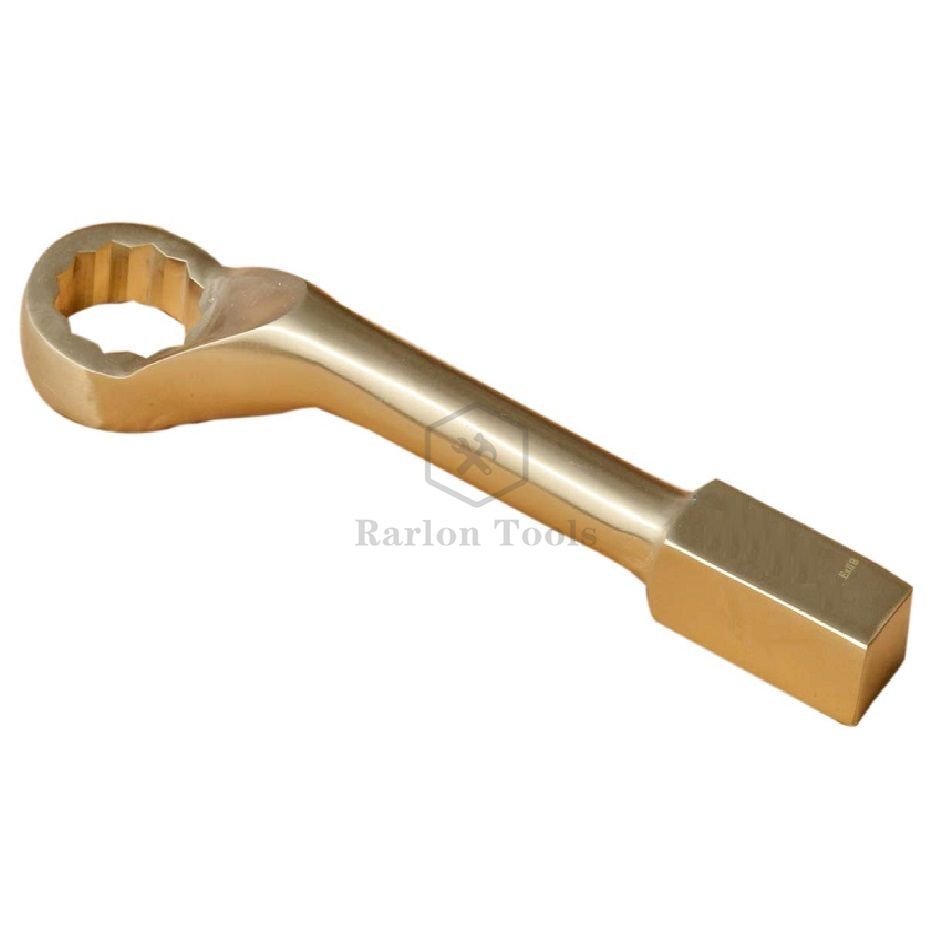The corrosion of copper alloy explosion-proof tools mainly includes the following types:
(1) Electrochemical corrosion. Two different metals contact each other to form a metal couple and invade into the conductive solution. Due to the different potentials of the two metals, the anode (electronegative side) accelerates corrosion, and the cathode (electropositive side) is partially or completely protected. For other commonly used structural materials such as steel and aluminium, copper is always the cathode, and copper corrosion is reduced; for stainless steel, copper depends on the exposure conditions; when copper is in contact with high-nickel alloys, titanium, and graphite, copper appears as an anode And preferential corrosion.
(2) Biological corrosion. Some organisms in the ocean, such as oysters and barnacles, tend to attach to the metal surface and grow. The attached area is isolated from the surrounding environment. If there are tiny cracks on the attached surface, there will be a difference in oxygen concentration and crack corrosion. Copper and copper alloys have a small number of copper ions in seawater, which effectively hinders the attachment of marine life, so they have excellent resistance to biological corrosion.

(3) Impact corrosion. The relative movement between the metal surface and the environmental medium can accelerate the corrosion of the metal. Among copper alloys, copper-nickel alloys and aluminium bronzes have better resistance to impact corrosion in seawater.
(4) Pitting. Corrosion (or slight corrosion) occurs on most of the surface of the metal, and small holes (pits) of corrosion appear only locally and develop deeper. This corrosion is called pitting corrosion. For metals that are easy to purify (including copper and copper alloys), pitting corrosion is particularly serious.
(5) Stress corrosion. Refers to the metal destruction of metals and alloys under the simultaneous action of metal media and anti-stress. For copper alloys, Cu-Zn alloy (brass) is the most sensitive to stress corrosion, especially brass containing 20% -40% Zn is prone to corrosion cracking.
(6) Dezincification corrosion. Dezincification corrosion is selective corrosion of copper-zinc alloy (brass). When the zinc content is less than 15 ^%, it is generally not dezincified; as the zinc content increases, the resistance to impact corrosion increases, but the sensitivity of dezincification is increased, especially after zinc is greater than 30%.
(7) Intergranular corrosion. This corrosion is due to the difference in corrosion potential between the grain boundary (or grain boundary region) and other parts of the grain.
The above information is provided by the non-sparking tool manufacturer.